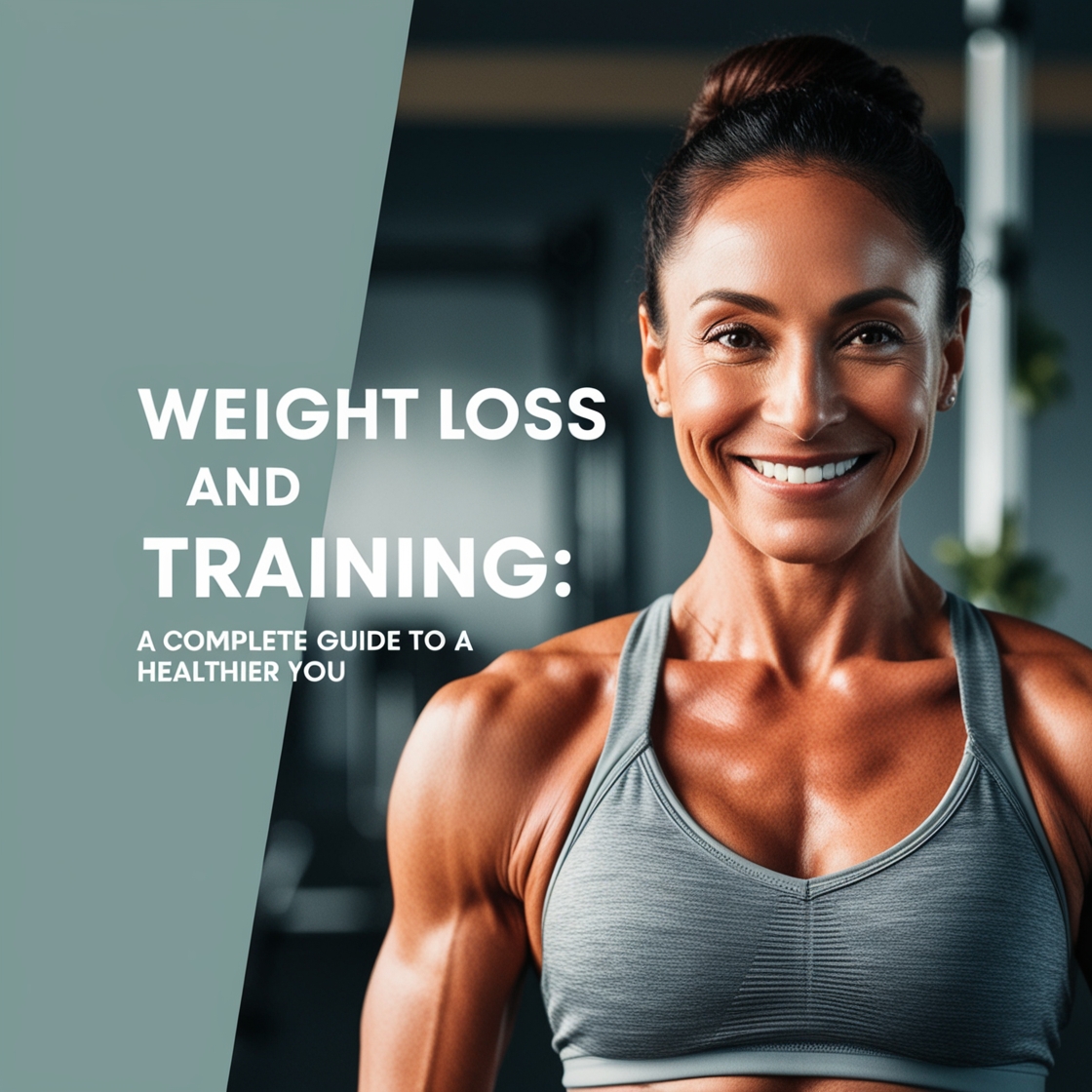
Weight Loss and Training: A Complete Guide to a Healthier You
Weight loss is one of the most searched health topics worldwide. Millions of people every year set goals to shed extra pounds, improve their fitness, and lead healthier lives. While there are endless diets, supplements, and quick fixes advertised online, the truth is sustainable weight loss comes from a balanced approach that combines proper nutrition, exercise training, and mindset changes.
In this comprehensive guide, we’ll dive into how you can effectively
lose weight through structured training, diet, and lifestyle habits. By the end, you’ll have a clear roadmap to start your journey and achieve long-term success.
Why Weight Loss is More Than Just Looks
Many people want to lose weight to look better in the mirror or fit into clothes, but the real benefits go far beyond appearances. Excess weight, especially body fat, is linked with:
-
Heart disease and high blood pressure
-
Type 2 diabetes
-
Joint pain and arthritis
-
Low energy and sleep problems
-
Mental health issues like stress and low confidence
Training and healthy weight management not only improve your physical health but also boost confidence, improve energy, and create a positive mindset.
The Science of Weight Loss
At the core of weight loss is a simple principle:
Calories In vs. Calories Out
-
Calories In: The energy you consume through food and drinks.
-
Calories Out: The energy your body uses through daily activity, exercise, and metabolic functions.
To lose weight, you need a calorie deficit – burning more energy than you consume. But that doesn’t mean starving yourself. Instead, you should create a balanced deficit through smart nutrition and regular training.
Role of Training in Weight Loss
Exercise or training is one of the most effective tools to achieve weight loss. It not only helps burn calories but also strengthens muscles, boosts metabolism, and improves overall fitness.
1. Cardio Training
Cardiovascular exercises (like running, cycling, swimming, brisk walking) help burn calories quickly. They improve heart health and stamina while supporting fat loss.
-
Recommended: 150–300 minutes of moderate cardio per week.
-
Examples:
-
Jogging for 30 minutes burns ~250 calories.
-
Cycling for 45 minutes burns ~400 calories.
-
2. Strength Training
Many people think cardio is enough, but strength training is essential for long-term fat loss. Why? Because building muscle increases your resting metabolic rate – meaning you burn more calories even when not exercising.
-
Benefits:
-
Tones the body
-
Increases metabolism
-
Prevents muscle loss during dieting
-
-
Examples:
-
Weightlifting
-
Bodyweight workouts (push-ups, squats, lunges)
-
3. HIIT (High-Intensity Interval Training)
HIIT alternates between intense bursts of activity and rest. It’s time-efficient and burns calories even after you stop exercising (the “afterburn effect”).
-
Example HIIT workout:
-
30 seconds sprint + 1 minute walk (repeat 10 times)
-
20-minute HIIT session = 45 minutes steady cardio
-
4. Flexibility & Recovery Training
Yoga, stretching, and mobility exercises may not burn huge calories, but they prevent injuries, reduce stress, and improve training performance.
Nutrition for Weight Loss
Training alone isn’t enough – diet plays the biggest role in weight loss. Here are key nutrition tips:
-
Eat Protein-Rich Foods
-
Protein keeps you full and preserves muscle mass.
-
Sources: Chicken, fish, eggs, lentils, beans, tofu.
-
-
Choose Healthy Carbs
-
Complex carbs give steady energy.
-
Sources: Brown rice, oats, sweet potatoes, whole grains.
-
-
Add Healthy Fats
-
Good fats support hormones and brain health.
-
Sources: Olive oil, nuts, seeds, avocado.
-
-
Stay Hydrated
-
Water boosts metabolism and prevents overeating.
-
Drink 2–3 liters daily.
-
-
Watch Portion Sizes
-
Use smaller plates.
-
Stop eating when 80% full.
-
A Sample Weight Loss Training & Diet Plan
Here’s a practical 7-day beginner plan for weight loss:
Training Schedule:
-
Day 1: Full-body strength training (squats, push-ups, planks)
-
Day 2: 30 min cardio (jogging, cycling)
-
Day 3: Rest + yoga/stretching
-
Day 4: HIIT workout (20 min)
-
Day 5: Strength training (upper body)
-
Day 6: Cardio (swimming, brisk walk 45 min)
-
Day 7: Rest
Sample Daily Diet:
-
Breakfast: Oats with fruits & boiled eggs
-
Snack: Nuts & green tea
-
Lunch: Brown rice + grilled chicken + vegetables
-
Snack: Yogurt or protein smoothie
-
Dinner: Grilled fish + salad
Common Mistakes People Make
-
Relying only on cardio – Cardio helps, but without strength training you may lose muscle too.
-
Skipping meals – This slows metabolism and increases binge eating.
-
Overestimating calories burned – Just because you worked out doesn’t mean you can overeat.
-
Ignoring sleep – Poor sleep increases cravings and weight gain.
-
Not tracking progress – Without tracking food, weight, or workouts, it’s easy to lose motivation.
Mindset and Motivation for Weight Loss
Weight loss isn’t just about training and diet; it’s also about mindset. Many people quit because they expect results too fast. Remember:
-
Sustainable weight loss = 0.5 to 1 kg per week.
-
Stay consistent, not perfect.
-
Find support (friends, online communities, or trainers).
-
Celebrate small wins (better energy, smaller waistline, improved strength).
Final Thoughts
Weight loss is not a one-week challenge but a lifestyle journey. With the right combination of training, diet, and mindset, you can transform your body, improve your health, and feel more confident.
At Helping Health, our mission is simple:
???? Healthy Mind, Healthy Life.
